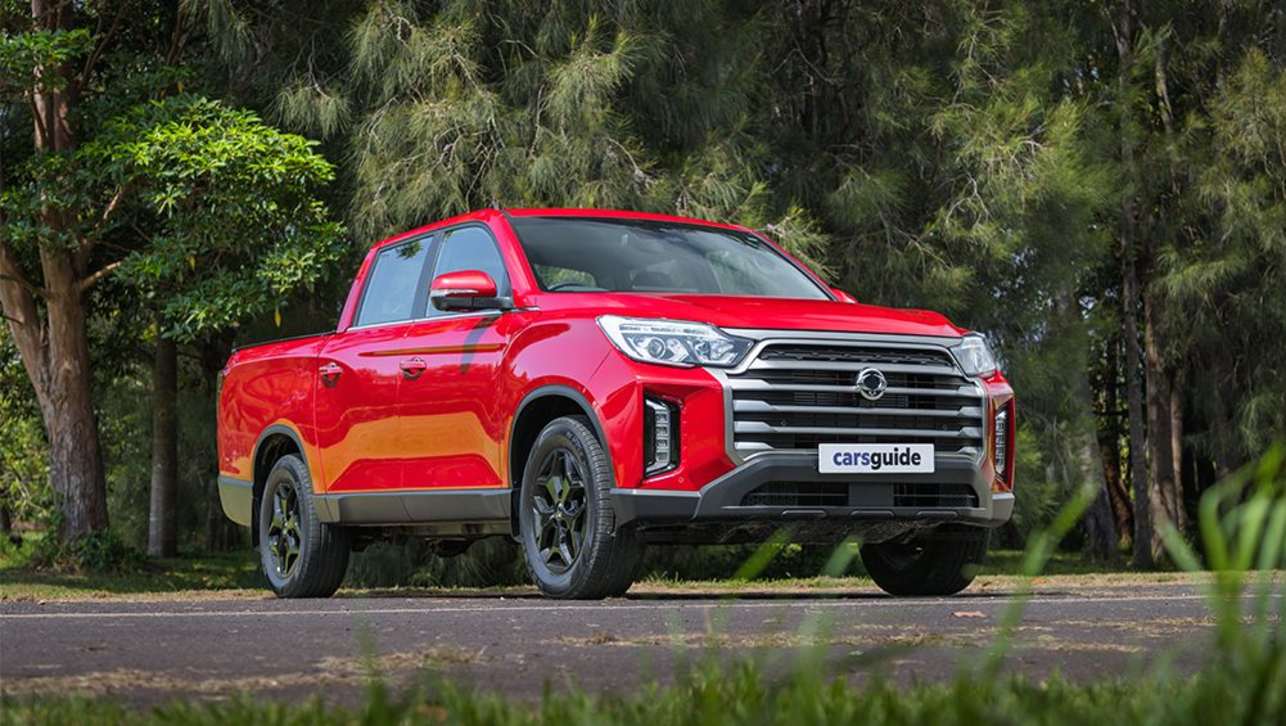The SsangYong Motor Company will continue to operate as normally around the world – including in Australia – after it has secured protection under South Korea’s bankruptcy administration process.
This comes after the South Korean arm of Indian industrial giant Mahindra and Mahindra (M&M) filed for bankruptcy on Monday December 22, following the failure to meet accumulating debt repayments due the week before, that amounted to about 60 billion Korean won ($A72 million).
In September M&M revealed that it would transfer, dilute or cease its controlling stake in SsangYong, after almost a decade of mounting losses, meaning it sought a buyer for the struggling brand. The Mitsubishi Motors Corporation of Japan was reportedly one new major investor in discussions until recently.
According to SsangYong Australia managing director, Chris Mandile, the protection offered by the South Korean bankruptcy system will allow the brand to meet creditor commitments and seek new buyers and investors over the next three months, with the aim to avoid voluntary administration during this time.
“SsangYong Motor Company Korea has entered a private rehabilitation program which will run for three months,” he told the company’s local dealer partners in a statement released earlier today. “This program will allow SsangYong to restructure the business as it works with creditors to try and complete the sale process which has been ongoing for some time.
“Should an agreement not be met in this time frame the company would then enter voluntary administration allowing for a forced restructure of the organisation. It is the intention of the company to use the three-month period of rehabilitation to avoid this.
"During this period, SsangYong Motor company, including the Australian subsidiary remains fully operational, business as usual. The company will also accelerate its efforts towards securing a deal with the interested new investor. Another step in the transformation and rebirth of SsangYong into a competitive company.
"It is important to note that the Korean administration processes is similar to the American Chapter 11 administration processes which is used to assist a business restructure often prior to a sale. SsangYong and the Korean Government are committed in making every effort to secure a viable future for everyone involved with this proud company.”

SsangYong Motors, which traces its roots back to the mid 1950s. It went on to assemble Jeeps in South Korea for the US Army a decade later and traded as Dong-A Motor until a number of associated company mergers led to the adoption of the present name in 1986.
Since then, after a period of success in the 1990s using Mercedes-Benz technology under an agreement with Daimler AG, it has fought to stay afloat. Compatriot rival Daewoo Motors acquired a major share in 1997 but sold it by 2000 following the Asian economic crisis, only to be bought by China’s state-owned SAIC group four years later.
The brand enjoyed a successful debut in Australia in 1996 with the Mercedes-engined Musso range, but failed to capitalise on the early promise after polarising designs in the 2000s with vehicles such as the Stavic people mover.
That said in the past couple of years, models like the Tivoli and Korando have demonstrated significant progress for the brand. Underlining this is an electric vehicle based on the latter and scheduled for release sometime in 2021.





.jpg)
.jpg)



.jpg)
.jpg)
.jpg)
.jpg)


.jpg)






.jpg)
.jpg)
.jpg)




Comments